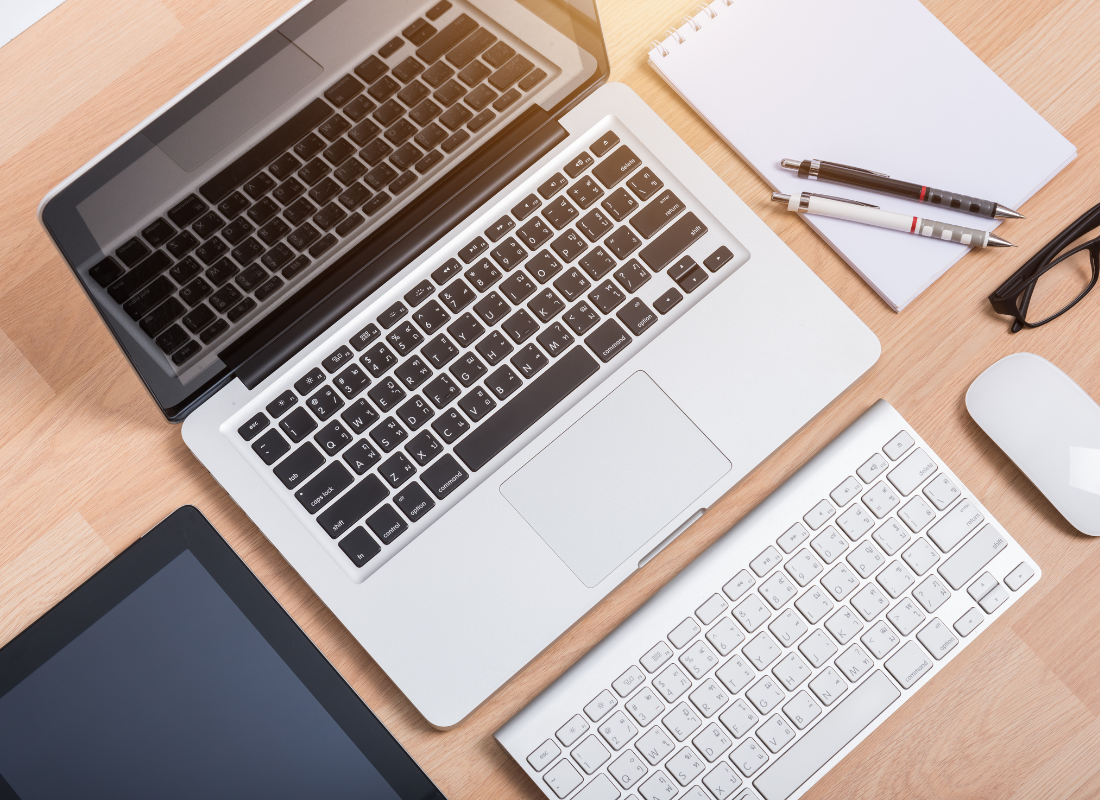
In the hustle and bustle of modern life, our homes are filled with an array of appliances and gadgets designed to make our lives easier.
However, as these items age or encounter malfunctions, we’re often faced with a decision: repair them or discard them? This seemingly simple choice carries significant implications for both our wallets and the environment.
Let’s delve into which household products you should consider repairing or discarding when broken.
Electronics and Appliances
 1. Smartphones and Tablets: These devices have become ubiquitous in our lives, but they’re also prone to wear and tear. Minor issues like cracked screens or malfunctioning buttons can often be repaired at a fraction of the cost of a new device. Additionally, many manufacturers and third-party repair shops offer services to extend the lifespan of your device.
1. Smartphones and Tablets: These devices have become ubiquitous in our lives, but they’re also prone to wear and tear. Minor issues like cracked screens or malfunctioning buttons can often be repaired at a fraction of the cost of a new device. Additionally, many manufacturers and third-party repair shops offer services to extend the lifespan of your device.
2. Laptops and Computers: Like smartphones, laptops and computers can develop a range of issues over time. Common problems such as slow performance, battery issues, or software glitches can often be resolved through repairs or upgrades. Investing in repairs or upgrades can significantly extend the lifespan of your device and reduce electronic waste.
3. Kitchen Appliances: From refrigerators to blenders, kitchen appliances play a vital role in our daily routines. When faced with a malfunctioning appliance, consider the cost of repair versus replacement. In many cases, simple repairs can restore functionality and extend the lifespan of the appliance. Additionally, opting for high-quality appliances known for durability can reduce the likelihood of frequent breakdowns.
Furniture and Fixtures
 1. Wooden Furniture: Wooden furniture can last for generations with proper care and maintenance. Minor issues such as scratches, loose joints, or water damage can often be repaired by sanding, refinishing, or reupholstering. Before discarding damaged furniture, explore repair options to salvage its value and reduce waste.
1. Wooden Furniture: Wooden furniture can last for generations with proper care and maintenance. Minor issues such as scratches, loose joints, or water damage can often be repaired by sanding, refinishing, or reupholstering. Before discarding damaged furniture, explore repair options to salvage its value and reduce waste.
2. Plumbing Fixtures: Leaky faucets, clogged drains, or malfunctioning toilets are common household issues that can often be resolved through repairs. DIY fixes or professional plumbing services can address these issues, preventing water waste and the need for premature replacements.
Clothing and Textiles 1. Clothing: Before tossing out a torn garment or worn-out shoes, consider the possibility of repair. Sewing on a button, patching a small tear, or resoling shoes can extend their lifespan and reduce the need for new purchases. Additionally, supporting local tailors or cobblers can contribute to a more sustainable approach to fashion.
1. Clothing: Before tossing out a torn garment or worn-out shoes, consider the possibility of repair. Sewing on a button, patching a small tear, or resoling shoes can extend their lifespan and reduce the need for new purchases. Additionally, supporting local tailors or cobblers can contribute to a more sustainable approach to fashion.
2. Linens and Bedding: Sheets, towels, and other linens can develop tears, stains, or fraying over time. Instead of discarding them, explore options for repair or repurposing. Simple sewing repairs or dyeing techniques can breathe new life into old linens, reducing the need for replacements.
Environmental Considerations
 Every product we discard has an environmental footprint, from manufacturing to disposal.
Every product we discard has an environmental footprint, from manufacturing to disposal.
By choosing to repair items whenever possible, we can reduce the demand for new resources and minimize the environmental impact of our consumption habits.
Additionally, repairing and reusing products conserves energy and reduces greenhouse gas emissions associated with manufacturing and transportation.
Conclusion
 When faced with broken household products, consider the potential for repair before opting for disposal.
When faced with broken household products, consider the potential for repair before opting for disposal.
Whether it’s electronics, furniture, clothing, or appliances, many items can be salvaged with the right expertise and resources.
By embracing a mindset of repair and reuse, we can not only save money but also contribute to a more sustainable future for our planet.




